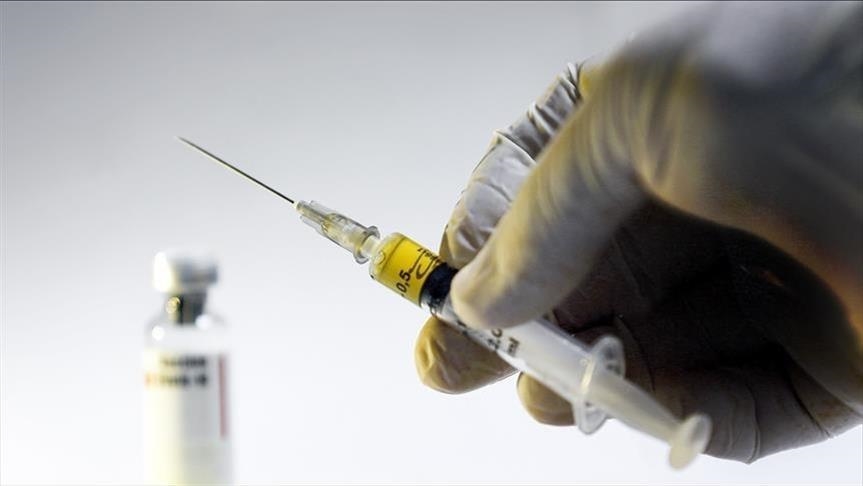Prevalence and Gender Difference in Microalbuminuria among Diabetic Patients Attending Primary Healthcare Center at Security Forces Hospital, Riyadh, Saudi Arabia
DOI:
https://doi.org/10.4328/acam.v10i1.2Keywords:
Diabetes mellitus, Nephropathy, Renal diseases, SaudiAbstract
Introduction: Diabetic nephropathy is a common cause of end-stage renal disease, and kidney failure is a main cause of death in type 2 DM patients. An early significant marker for diabetic nephropathy is microalbuminuria which can lead to end-stage renal disease. This study focused on the prevalence of microalbuminuria and gender difference among patients with type II diabetes mellitus, in Riyadh, Saudi Arabia.
Methods: This is a cross-sectional study based on electronic medical records. This study included 283 diabetic patients, who attended primary care centers at security forces hospital in 2019. Included patients from both genders who had type II diabetes mellites and aged 20-60 years old. Patients with congestive cardiac failure, urinary tract infection, or pregnant patients were excluded from this study. Detection of difference in the mean of microalbuminuria is done by t-test and Mann-Whitney test. Significant associations between demographic and background variables were detected at < 0.05 significance level.
Results: A total of 283 diabetic patients were included in this study. Female patients accounted for 4.2% while males constituted 45.8% of the diabetic patients. After exclusion of patients with overt albuminuria, the prevalence of microalbuminuria was 9.8%. Patients with normal albuminuria accounted for 90.2%, while only three patients had overt albuminuria. There was no significant difference between medians of gender groups using the Mann-Whitney test (p=0.300).
Conclusions: Prevalence of microalbuminuria is low among T2DM patients in Riyadh city which may indicate a high quality of healthcare provided for diabetic patients. Gender was not a significant risk factor for microalbuminuria among diabetic patients.

Downloads
Published
Versions
- 2023-10-09 (2)
- 2022-02-28 (1)

